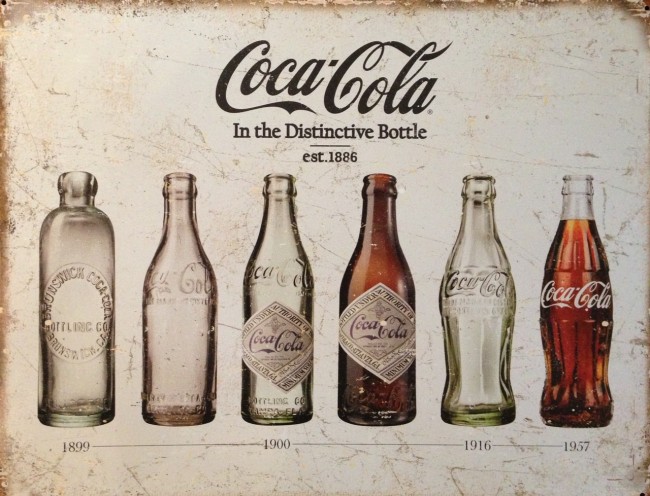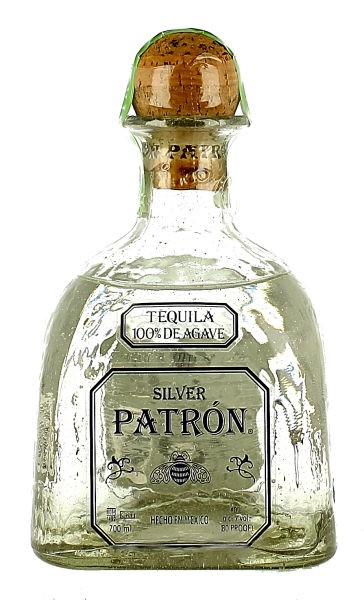When we write about non-traditional trademark enforcement here on DuetsBlog, we almost always are referring to the protection of non-traditional marks like product configurations, product containers, product packaging, color marks, scent marks, tactile marks, and other non-verbal indications of source for a product or service. But, today we’re adding
Bottle Shape
Bringing Down the Bauhaus for Trademarks?
We’ve been spilling a lot of digital ink lately on the topic of non-traditional trademark protection and how the functionality doctrine serves as an absolute bar for such protection.
As you know, for some time, we’ve been stressing the importance of close collaboration between trademark and marketing types when it comes to forming public communications…
Pepsi Gets Grip on MLB All-Star Extravaganza
 How cool is it to have the MLB All-Star Game and related events, right here in Minneapolis? Very.
How cool is it to have the MLB All-Star Game and related events, right here in Minneapolis? Very.
As the advertisement shows, Pepsi is playing a large role in the event, as the “Official Soft Drink” of the MLB All-Star Game.
As attractive as the ad is, sadly, I suspect that only trademark types and…
Anticipation . . . But, Heinz is Not Keeping Melinda’s Habanero Ketchup Waiting
Last month Heinz, a brand “synonymous with ketchup throughout the world,” and a seller of “650 million bottles of Heinz ketchup each year,” brought a federal trademark infringement and dilution lawsuit in Texas to enforce exclusive rights in the “famous” Heinz bottle design against Melinda’s Habanero Ketchup brand. Here is the Complaint and Exhibits…
The Budweiser Bowtie Can Shape Trademark
 Launched a few months ago, it’s called the bowtie can, because it appears to emulate Budweiser’s well-known bowtie brand icon, but the formal description of the Anheuser-Busch beer can at the USPTO is a bit more clumsy and technical:
Launched a few months ago, it’s called the bowtie can, because it appears to emulate Budweiser’s well-known bowtie brand icon, but the formal description of the Anheuser-Busch beer can at the USPTO is a bit more clumsy and technical:
“The mark consists of packaging for the goods, namely, beverage package for the goods consisting
…
The Most Famous Bottle Design, Forever?
Coca-Cola settled on its famous contour bottle design almost 100 years ago, in 1916, after several years of trials with other far less distinctive shapes (at least under today’s standards):
 Federal trademark registration data confirms the first use date to be July 8, 1916. The description of the contour bottle design mark in 1960 was:…
Federal trademark registration data confirms the first use date to be July 8, 1916. The description of the contour bottle design mark in 1960 was:…
A New Generation of Storytelling: Getting a Grip on The New Pepsi Bottle Design
The importance of “storytelling” seems to be the buzzword lately when it comes to branding communications and decisions. For example, last August Branding Strategy Insider wrote that “Brands Must Master the Art of Storytelling,” and just last week it wrote twice on the subject, about “Shared Values in Brand Storytelling” and…
No Plaque on This Scope Bottle Trademark
 Would you place this mouth wash bottle on your bathroom counter or hide it under the counter?
Would you place this mouth wash bottle on your bathroom counter or hide it under the counter?
The answer to this question, it appears, can have a material impact on whether the shape and design of the bottle functions as a non-traditional trademark.
The Procter & Gamble Company created this elegant container design —…
The Towels On The Beach Go ‘Round And ‘Round
.jpg)
Do you see the trademark in this picture? While one might be tempted to immediately focus on the Coca-Cola bottle and text, the actual trademark (or former trademark) which is the subject of this post is the shape of the towel.That’s right. Up until a recent 7th Circuit decision in Jay Franco & Sons, Inc. v.
The French Connection: Coca-Cola Knocks Out A Dizzy Yoplait
Josh Brooks of packagingnews.co.uk reports, here, that Coca-Cola has succeeded before the Paris Court of Appeal in banning the production and sale of Yoplait’s Dizzy brand “milk-based fizzy drink.” Coca-Cola’s winning Blak bottle is shown below side-by-side with the losing Yoplait Dizzy bottle:

It appears from the news report that the French success was…

